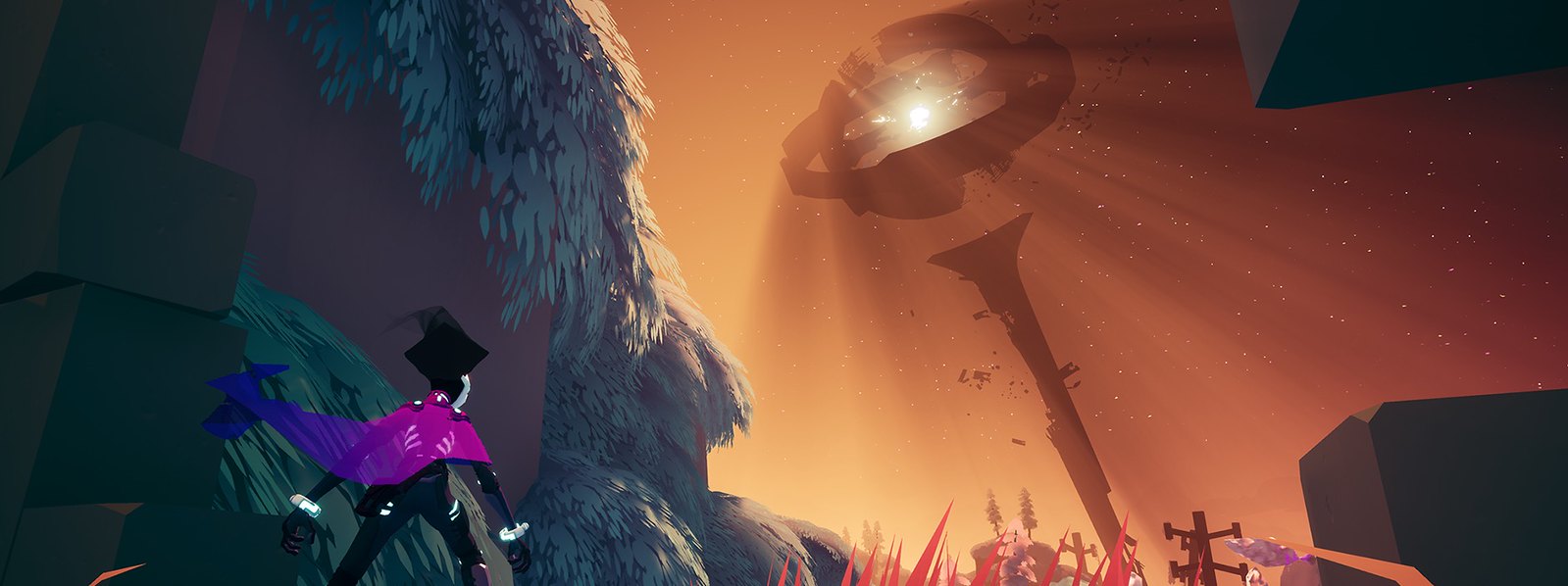
The IEA report asserts that “Ever-cheaper renewable energy technologies give electricity the edge in the race to zero.” In its projections to 2050, the further adoption of solar panels and wind turbines increases their share of electricity generation from 10% in 2021 to 69% in 2050. Take away the supposed cheap and effective “renewable energy” offered by the wind, solar and battery technologies, and all of IEA’s policy advocacy – in parallel with Europe’s green fantasies – collapses into the ash-heap of history. (Nuclear power hardly rates a mention.) This assumption undergirds the entire edifice of IEA’s claims regarding the “net zero” future. Perhaps the most fundamental assumption of the IEA’s net zero roadmap is that of the plunging costs of wind, solar and battery technologies rapidly displacing demand for fossil fuels which currently account for 82% of the world’s primary energy supply according to BP’s latest annual statistical bulletin. The best of all possible worlds promised by IEA in its “net zero by 2050” vision (a cleaner energy system with the net addition of millions of high-paying jobs) will come about if policy makers put an immediate end to investments to all new fossil fuels developments projects, ban internal combustion engine vehicles by 2035 and stop all carbon emissions in the power generation sector by 2040.
#Solar ash broken capital windows#
The fallacy lies in the fact that this ignores the cost imposed on the owners of the broken windows who could have had more productive uses for the money now used to repair broken windows. The IEA notes at the very outset that the enormous challenge of replacing the world’s vast and complex energy system built over two centuries of cumulative industrial development “is also a huge opportunity for our economies, with the potential to create millions of new jobs and boost economic growth.”Įconomically literate observers might already suspect at the outset that the IEA’s report suffers from the broken windows fallacy first posed by the French economist Claude-Frédéric Bastiat (1801-1850): the notion that breaking windows creates demand for the services of glass pane makers and hence is of net benefit to society.

Its roadmap, the report claims, sets out “a cost effective and economically productive pathway” to a “resilient energy economy dominated by renewables like solar and wind instead of fossil fuels”.

#Solar ash broken capital how to#
The IEA offered its report as “the world’s first comprehensive study of how to transition to a net zero energy system by 2050 while ensuring stable and affordable energy supplies, providing universal energy access and enabling robust economic growth”.


 0 kommentar(er)
0 kommentar(er)
